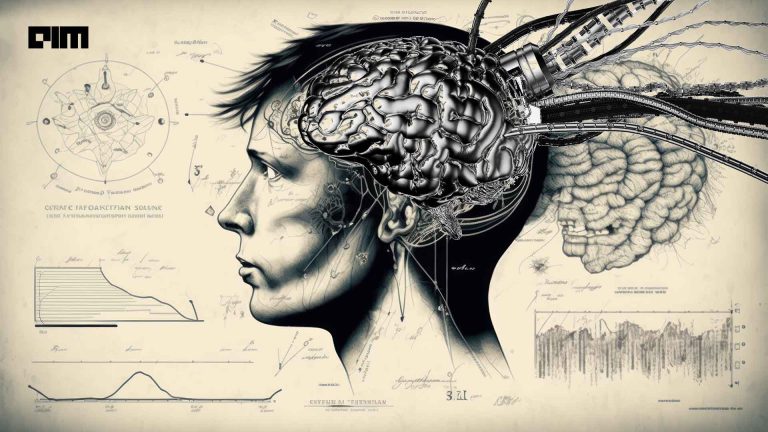Alphabet Inc.’s AI subsidiary DeepMind has developed a deep-learning tool called DGMR (Deep Generative Models of Rain) for forecasting rain up to two hours ahead of time. It teamed up with the Met Office (UK’s national weather service) and claims that this can be an important step in the science of precipitation nowcasting.
From packing an umbrella to preparing for extreme conditions, predicting short term weather patterns is crucial for daily life.
— DeepMind (@DeepMind) September 29, 2021
New research with the @metoffice and SOTA model advances the science of Precipitation Nowcasting – the prediction of rain: https://t.co/gKGx76zwxS 1/4 pic.twitter.com/eHYVeNLWP9
The company has made the data used for training available on GitHub with a pre-trained model for the UK. The report of the study has been published in the journal Nature.
To train and evaluate the nowcasting models in the UK, the research used:
- Radar was collected every five minutes between January 1, 2016, and December 31, 2019.
- From 2016 to 2018, fields from the first day of each month were assigned to the validation set
- The rest of the days from the same time frame were assigned to the training set
- 2019 data was used for the test set
What exactly is nowcasting?
The World Meteorological Organisation defines nowcasting as a weather forecasting method in the short term of up to two hours. Weather prediction capabilities such as this can have a tremendous impact in sectors where weather plays a vital role in decision making.
Due to technological advancements in weather forecasting capabilities, high-resolution radar data is now available at high frequency (as frequent as every five minutes at one km resolution).
Advanced deep learning methods already exist in nowcasting. But they come with their own set of challenges. Without constraints, it can produce blurry nowcasts at longer lead times, often causing inaccurate predictions on medium-to-heavy rain events.
Generation of samples from their learned distributions
DeepMind trained their AI on radar data and analysed the past 20 minutes of observed radar, followed by making predictions for the upcoming 90 minutes.
Often other such methods have given poor performance on medium to heavy rain events, but DeepMind‘s tool put its attention on medium to heavy rain events. This is important as it is usually heavy rains that seriously impact the economy and the people.
DeepMind uses deep generative models (DGMs), which essentially learn probability distributions of data and allow for easy generation of samples from their learned distributions. They have the property to simulate many samples from the conditional distribution of future radar given learning from past radar. What makes DGMs such a powerful tool is their ability to learn from observational data as well as represent uncertainty across multiple spatial and temporal scales.
Image Source: DeepMind | Comparison of DGMR with radar data and other two forecasting techniques (PySTEPS and UNet) for heavy rainfall over the eastern US in April 2019
Image Source: DeepMind
Forecasting has been an area of focus
Google, which acquired DeepMind in 2014, has been conducting different forms of research in precipitation forecasting recently. In 2020, it presented “MetNet: A Neural Weather Model for Precipitation Forecasting“. It is a DNN (deep neural network) capable of predicting future precipitation at one km resolution over 2-minute intervals at timescales up to 8 hours into the future. Here, the inputs to the network are sourced automatically from radar stations and satellite networks without the need for human annotation. The output that we get from this is a probability distribution that we can use to infer the most likely precipitation rates. This, of course, comes with associated uncertainties in each geographical region.
Just a few months before bringing out this research, DeepMind came out with another one titled, “Machine Learning for Precipitation Nowcasting from Radar Images“. This research looked into the development of machine learning models for precipitation forecasting too. It made “highly localised “physics-free” predictions that apply to the immediate future”, Google said. This research focusing on 0-6 hour forecasts was able to generate forecasts that have a 1km resolution with a total latency of 5-10 minutes.
Though challenges still remain and research in this area is still in its nascent stage, machine learning integrated with environmental science can have a crucial impact on decision making in the always-dynamic climate in today’s world.




















































































